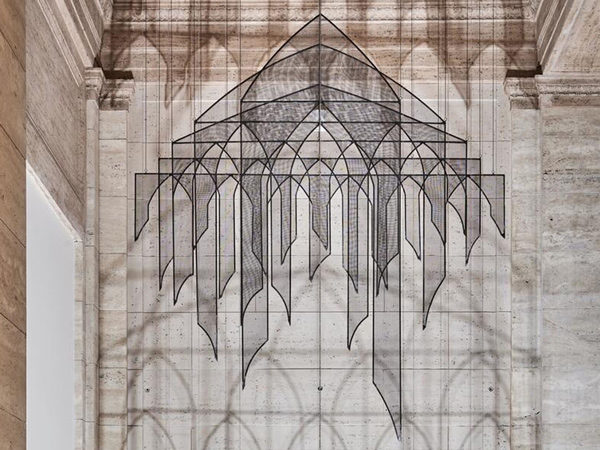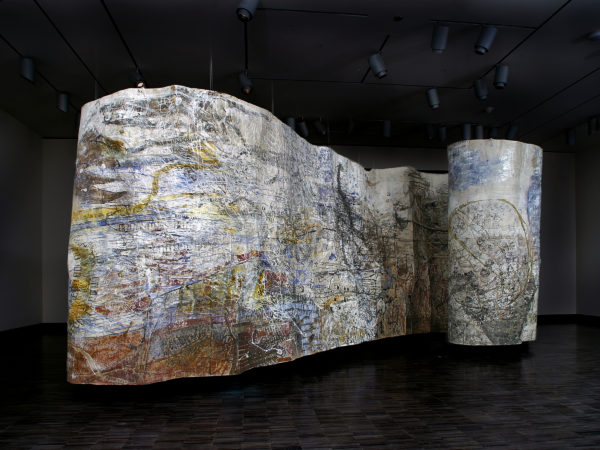Activity
Four seated musicians, approx. 700–750

Four seated musicians, approx. 700–750
What are these objects?
The four female musicians are earthenware figures produced for tombs during the Tang (618-906) dynasty. They attest to the wealth and lively spirit of the times, and to various types of entertainment practiced. Young women playing Central Asian music were a fixture at the endless parties and other entertainments in the Tang capital.
How were they made?
These figures are decorated with colored pigments applied after firing. Since the paint colors did not have to withstand firing, a wider assortment of colors could be used. However these colors are not bound to the ceramic, and are therefore susceptible to flaking. The three-colored glaze technique (sancai) did not lend itself to creating skin tone colors, and the maker of these figures may have preferred the wider palette of colors offered by painting directly on the low-fired earthenware. Men and women of the Tang dynasty were very interested in all things foreign. They often dressed in foreign fashions, and welcomed foreign dance and music at their parties and court entertainments.
The musicians also wear upturned hair in loops. They most likely represent teenagers, with tight-sleeved shirts and long skirts tied at the waist. Two musicians play cymbals, while the other musicians play a flute and a zither or qin. (The latter is a wooden instrument with plucked strings, a forerunner of the guzheng and the Japanese koto.)







